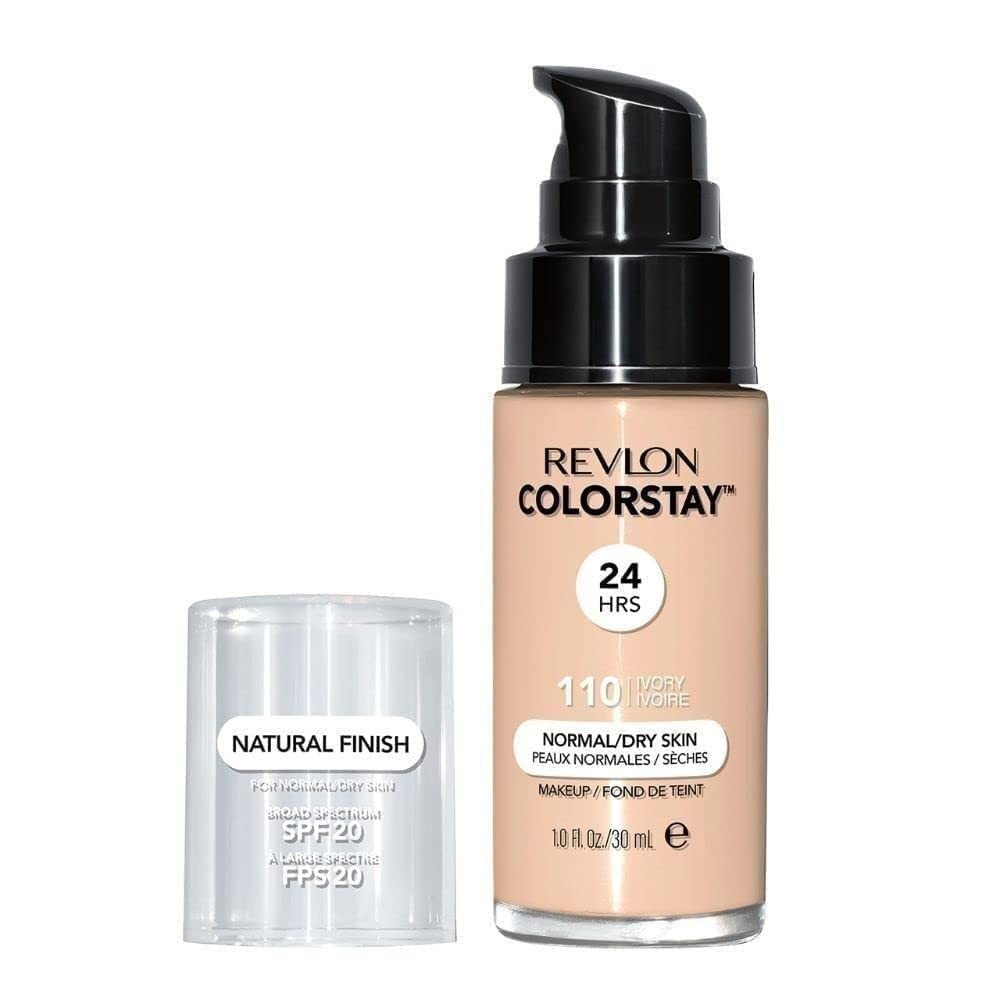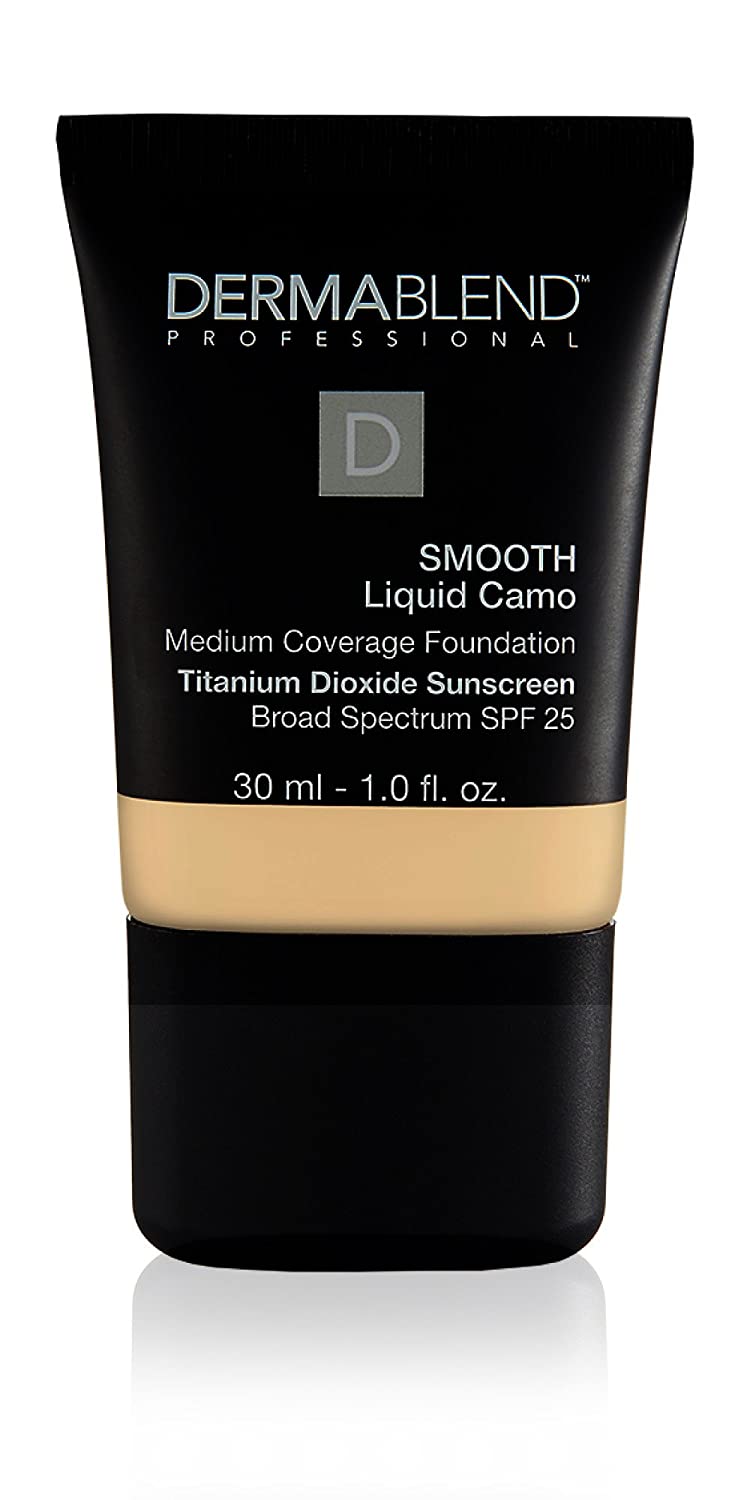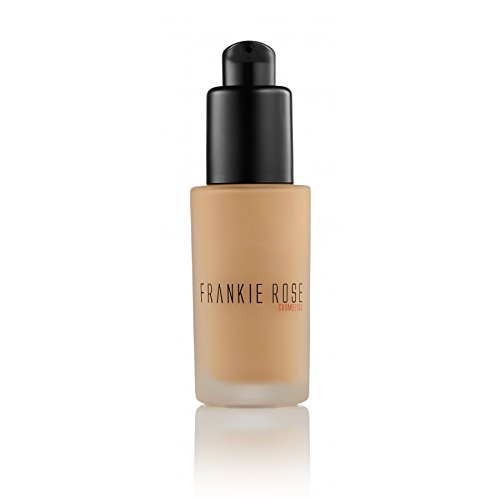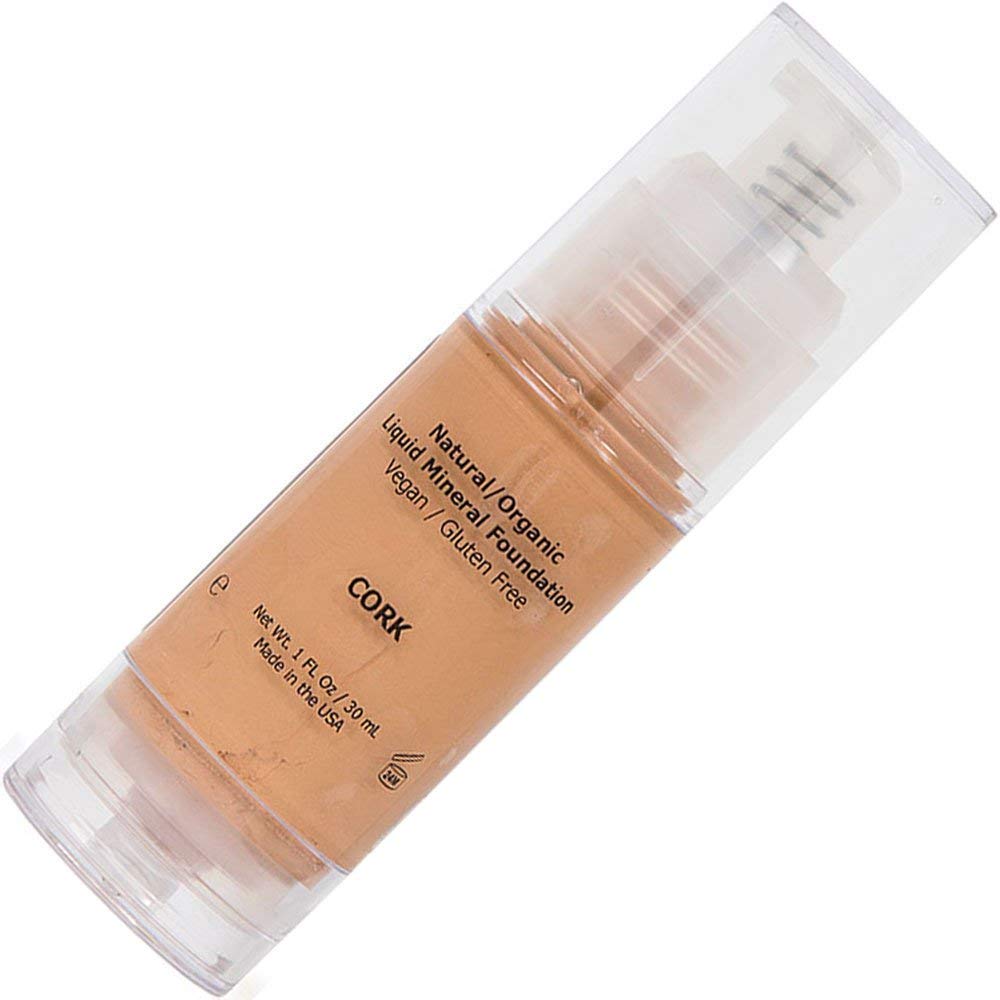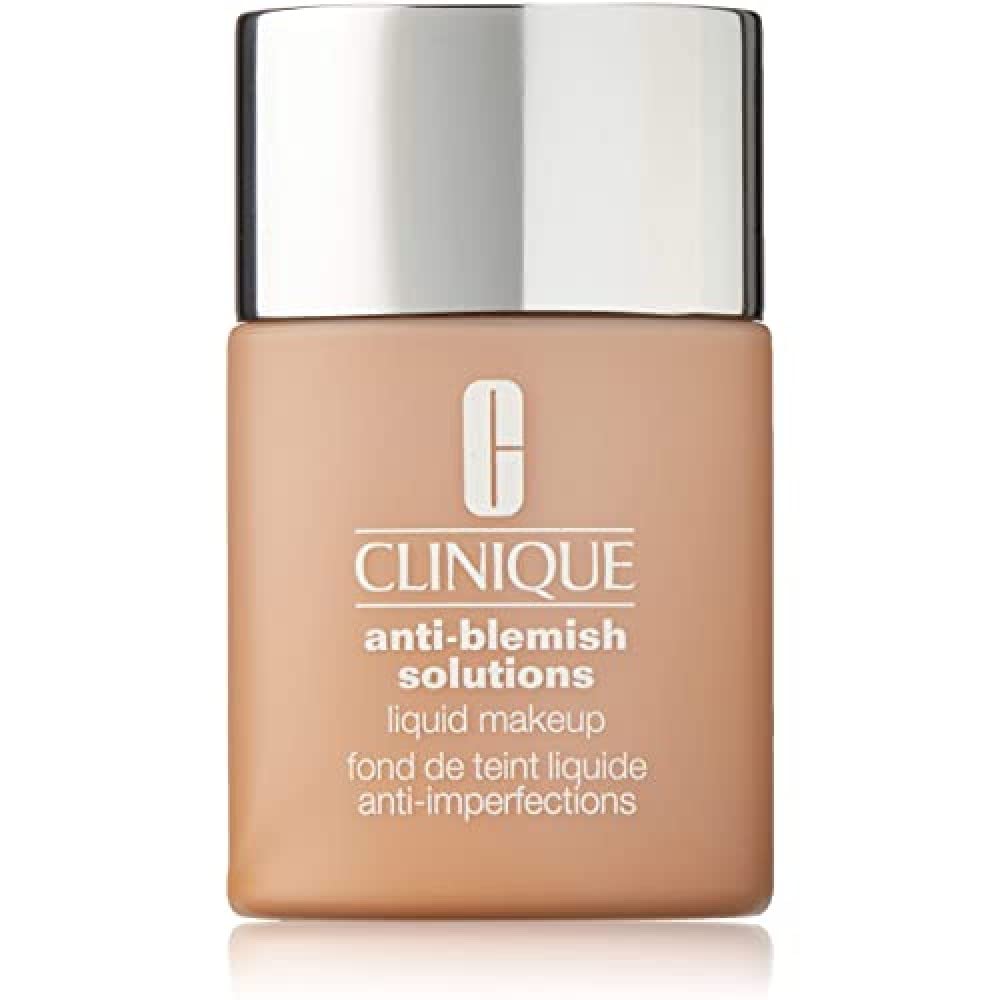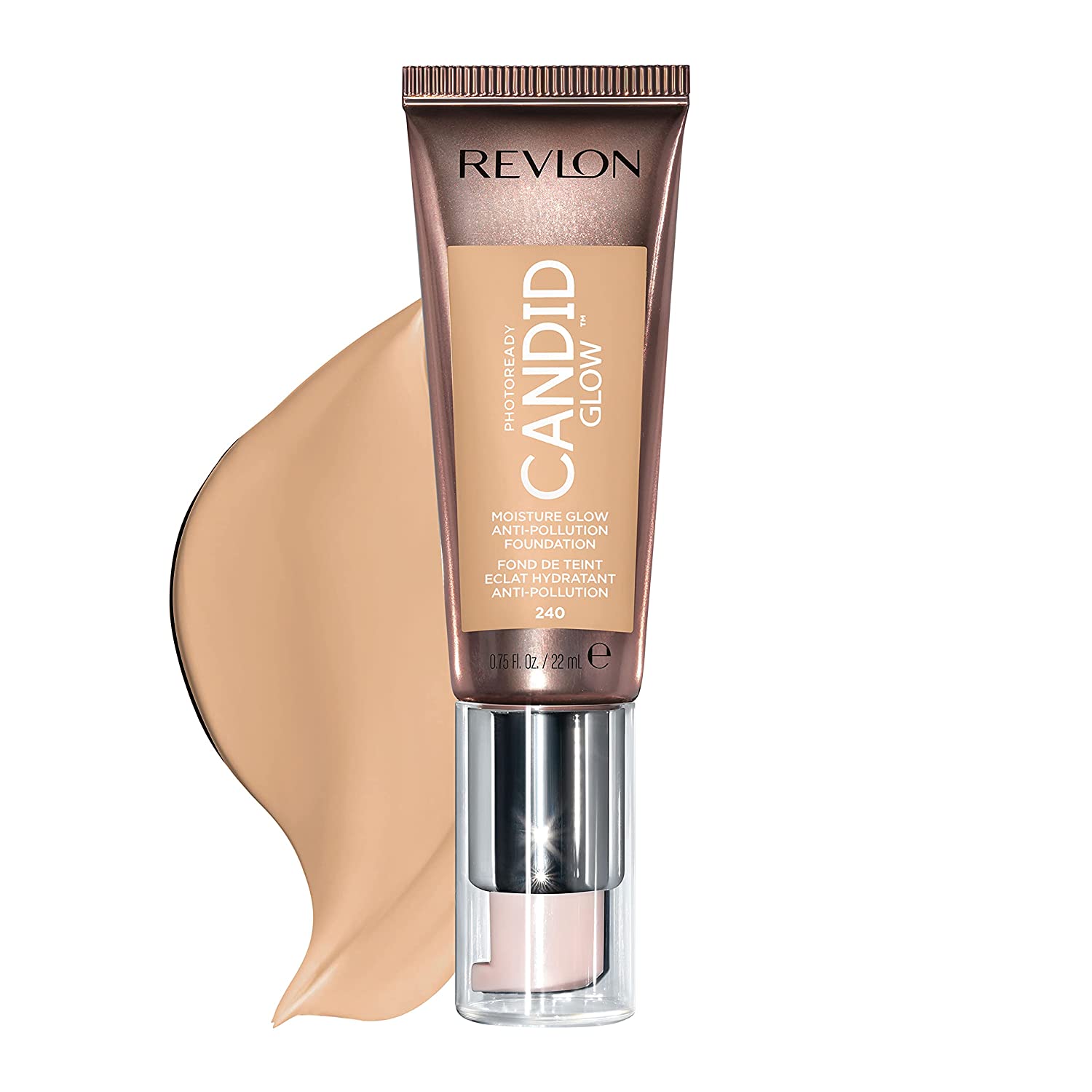REVLON ColorStay 24-Hour Wear SPF 20 Foundation For Dry Skin
Last updated: June 30, 2022
Apply this foundation once in the morning, and you can expect it to last. It provides plenty of coverage without a caked-on feel. The tone choices suit a wide range of skin types.
We looked at the top Foundations For Dry Skin and dug through the reviews from some of the most popular review sites. Through this analysis, we've determined the best Foundation For Dry Skin you should buy.
Product Details
Key Takeaway: Be ready for your close-up with this full-coverage foundation.
In our analysis of 14 expert reviews, the REVLON ColorStay 24-Hour Wear SPF 20 Foundation For Dry Skin placed 4th when we looked at the top 6 products in the category. For the full ranking, see below.From The Manufacturer
OIL FREE FOUNDATION FOR NORMAL/DRY SKIN: Our cult-favorite, smooth, lightweight, liquid foundation is made to give your normal/dry skin a natural finish. ALL DAY, LONG LASTING MAKEUP: Our 24-hour wear Revlon ColorStay liquid foundation won’t fade or transfer, and has an SPF 20 sun protection boost. MEDIUM/BUILDABLE COVERAGE: Blend a small dab for medium coverage and a naturally flawless, smooth look. Build up for full coverage as desired.
